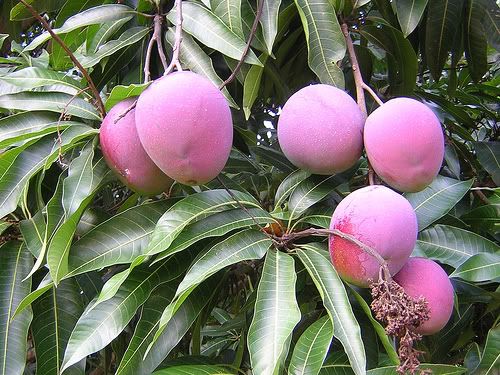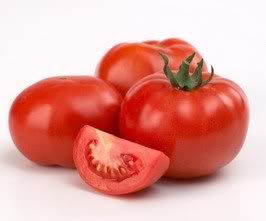Diabetes mellitus
is a terrible disease. where, if someone has been attacked diabetes
mellitus, then all the other diseases that injuries would be very
difficult to be cured or can not even treat. we express the following
ways of maintaining healthy diet for
diabetes can be overcome.
Now,
We will try to explain about how to manage the diet for Diabetes
Mellitus. Diabetes mellitus is a disease that characterised by
hyperglycaemia, whether it is cause by deficiency of insulin in the
human body or diminished effectiveness of insulin it self. There are
many cases why the insulin become inactive and hence induces
hyperglycaemia, for example due to over production of other hormones
which are antagonistic to Insulin such as glucagon, hormones of the
pituitary, adrenaline and thyroid. Also due to increased production of
substances which inactivate insulin (insulinase and insulin antagonists
present in plasma.
The disease is chronic and affects the
metabolism of carbohydrate, protein, fat, water and electrolytes.
Diabetic Diet for diabetics patient is simply a balanced healthy diet
which is vital for diabetic treatment, but sometime many people are they
don't understand that these diet consist only diabetic foods. Diabetes
mellitus is often found to be associated with other conditions such as
blood pressure, obesity, hypercholesterolaemia, cardiovascular disease,
kidney disorder and the nervous system.
Dietary
control is an integral part of management for the diabetic. The diet
should always provide the essentials of good nutrition and adjustments
must be made from time to time for changing metabolic needs For example
during growth, pregnancy, lactation or modified activity. Dietary
control is very important in the treatment of diabetics. There are two
simple principles in order to manage or control the diet for the
diabetic patients:
1. Eat less (fewer calories) to maintain ideal body weight.
2. Eat low Glycemic Index (GI) foods that do not turn into sugar quickly
Glycemic
Index (GI) is food's clasification according to the amount of
carbohydrates, This index is a measure of how a given food affects the
blood-glucose levels in the two or three hours after eating. Below are
the general guidelines to what is considered high or low Glycemic Index
(GI) foods.
** Foods with high Glycemic Index (GI), You have to considered do not to eat all this foods :
- Foods containing sugar, honey, molasses, & corn syrup.
- Fruits - bananas, watermelon, pineapple, raisins
- Vegetables - potatoes, corn, carrots, beets, turnips, parsnips
- Breads - all white breads, all white flour products, corn breads
- Grains - rice, rice products, millet, corn, corn products
- Snacks - potato chips, corn chips, popcorn, rice cakes, pretzels
- Pasta - thick, large pasta shapes
- Alcohol - beer, liqueurs, all liquor except red wine
- Cereals - all cereals except those on the Low GI List below
** Foods that contents low Glycemic Index (GI), Recommendate foods for diabetic patients :
- Breads - whole rye, pumpernickel, whole wheat pita
- Whole Fruits - all except the High GI fruits above
- Green leafy Vegetables - all except the High GI vegetables listed above
- Grains - barley, bulgur, kasha
- Snacks - nuts, olives, cheese, pita chips, fried pork rinds
- Cereals - Special K, All Bran, Fiber One, regular oatmeal
- Pasta - whole-wheat pasta, bean threads
- Misc. - olives, eggs, peanut butter (no sugar)
- All meats and All dairy products (no sugars)
- Alcohol - red wine





























